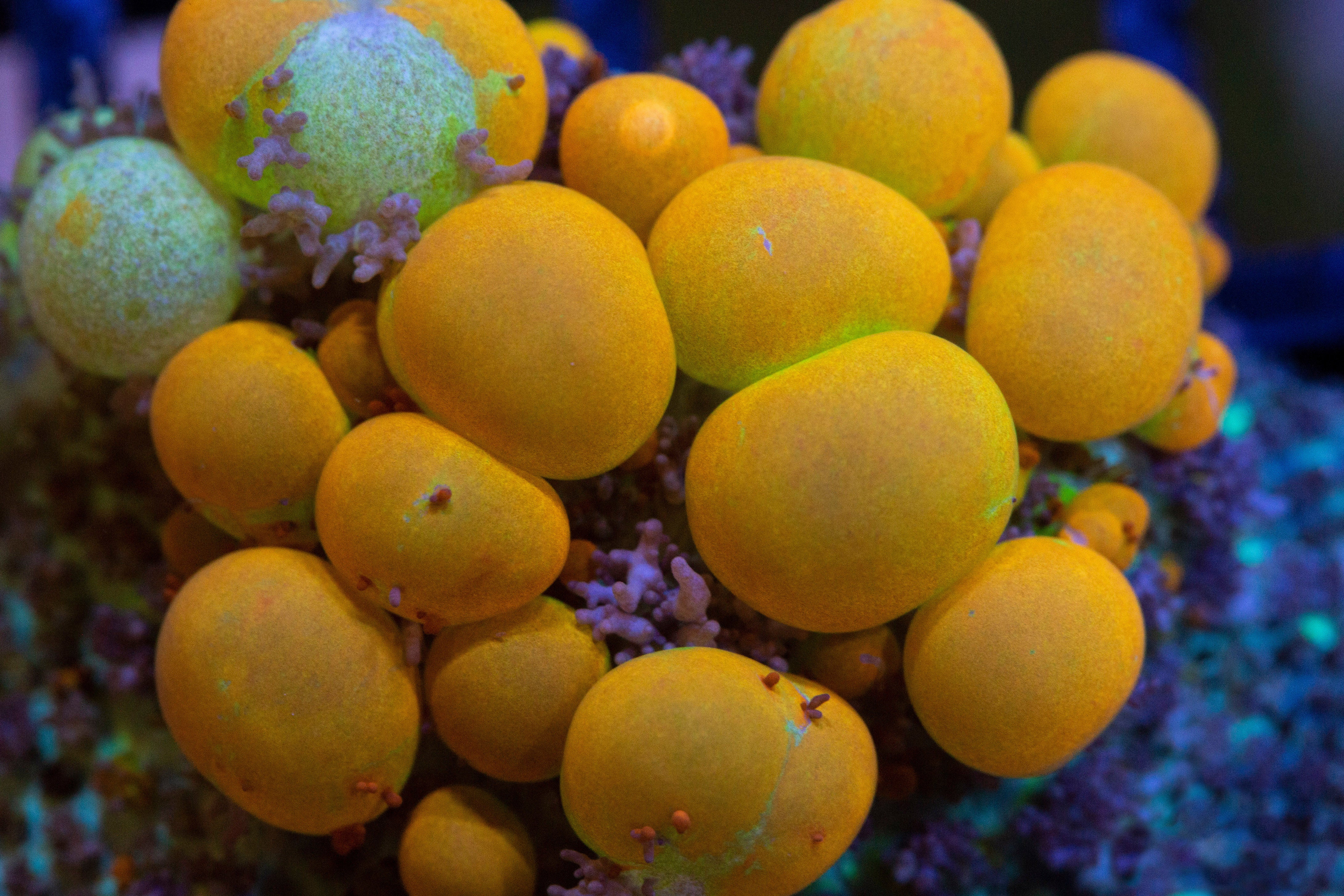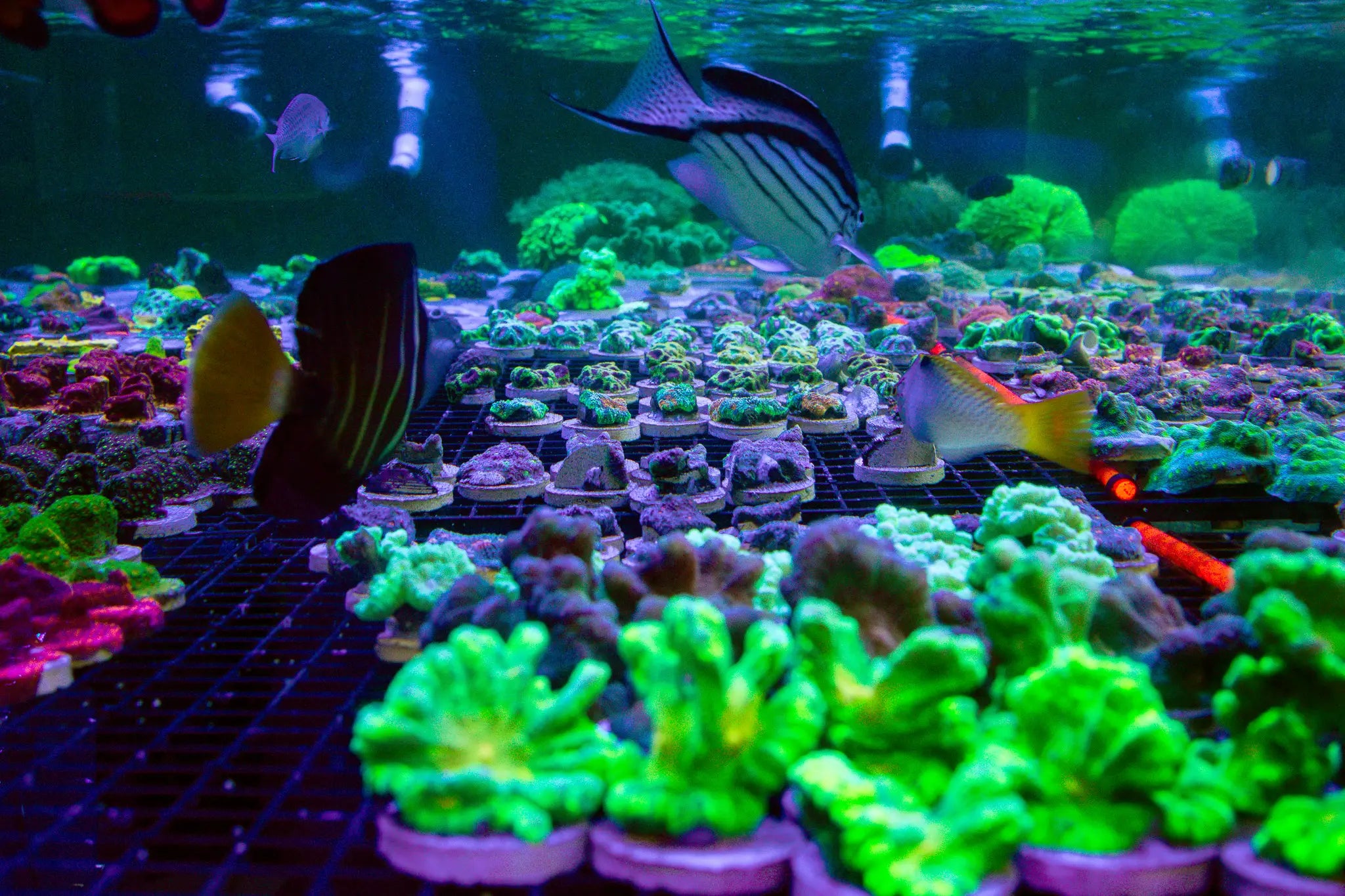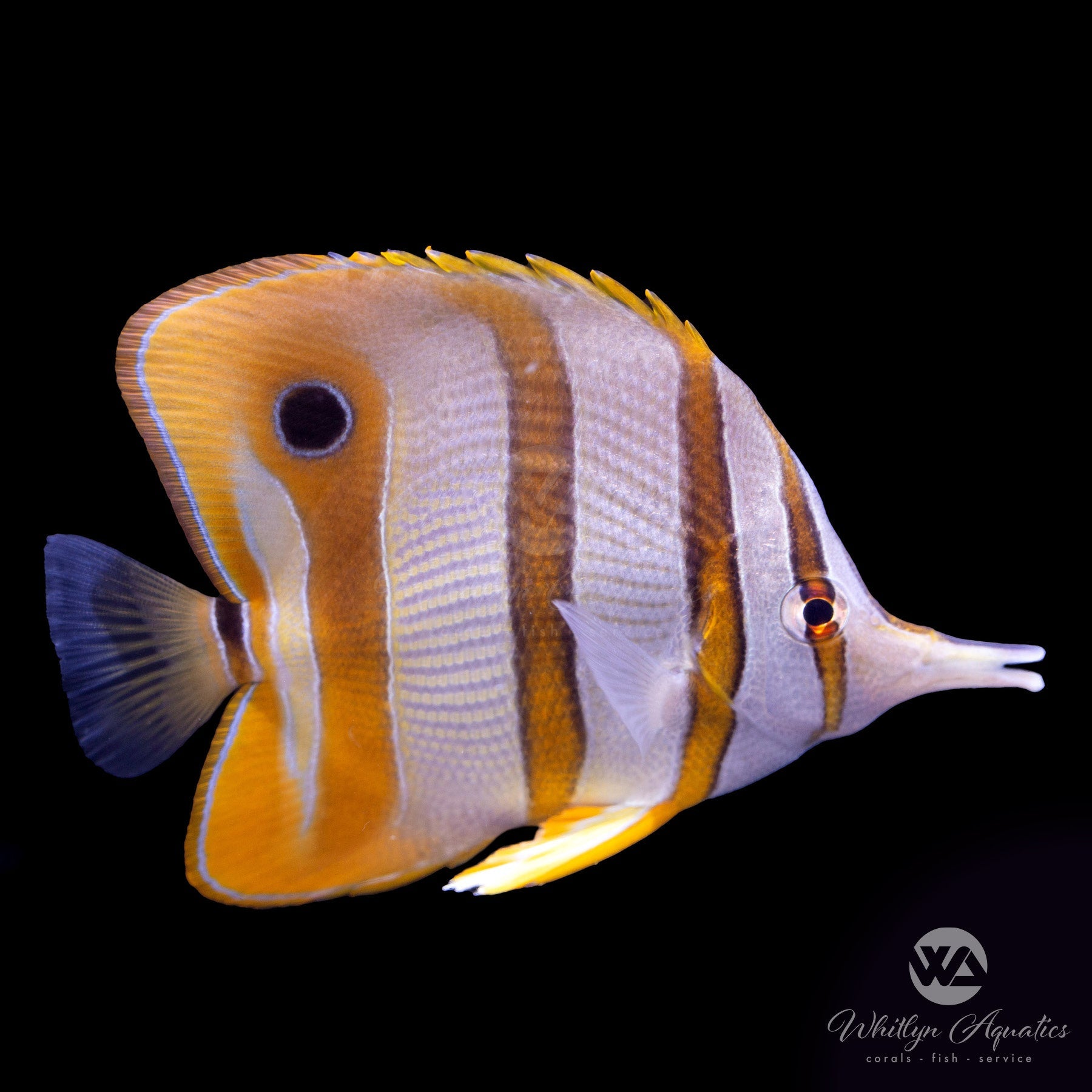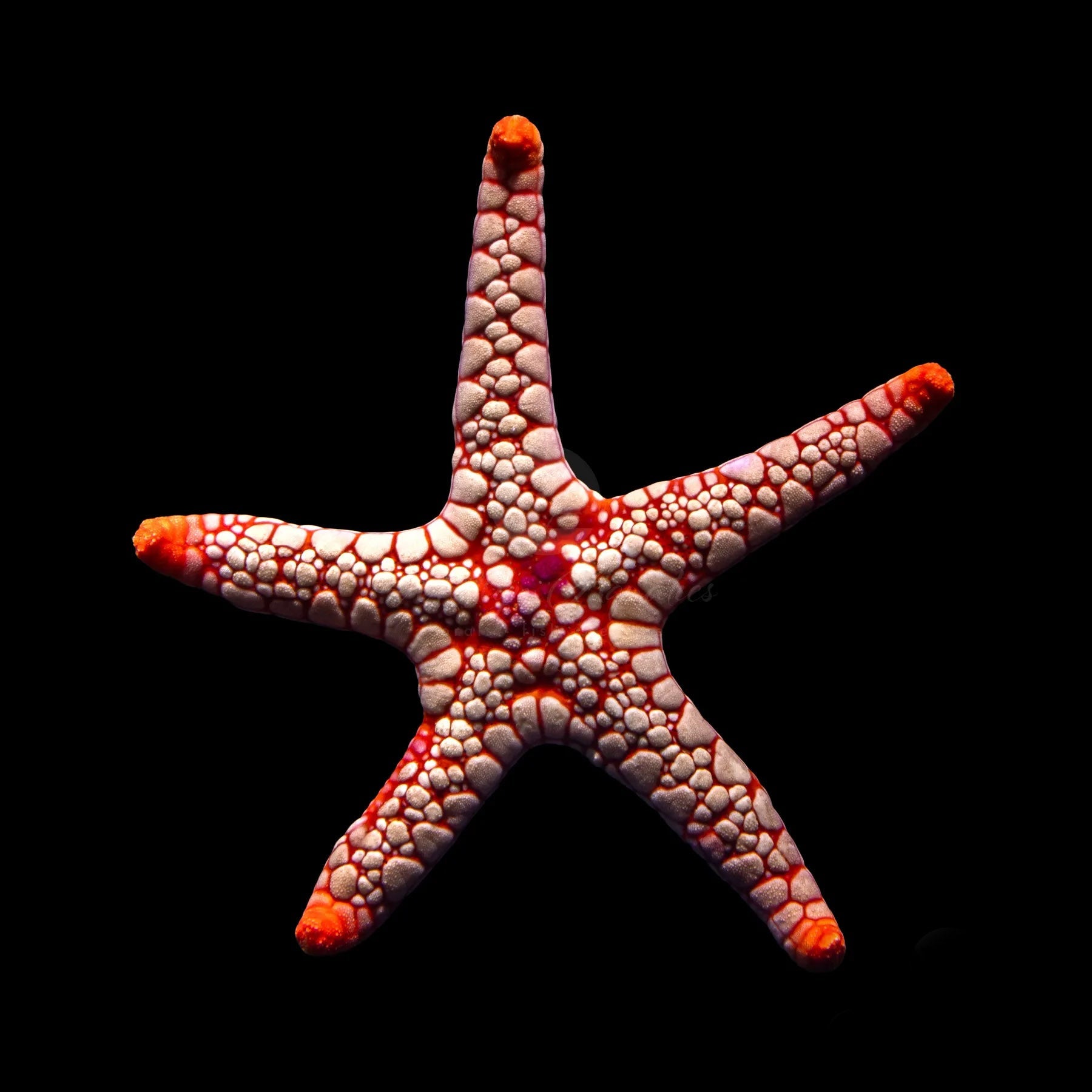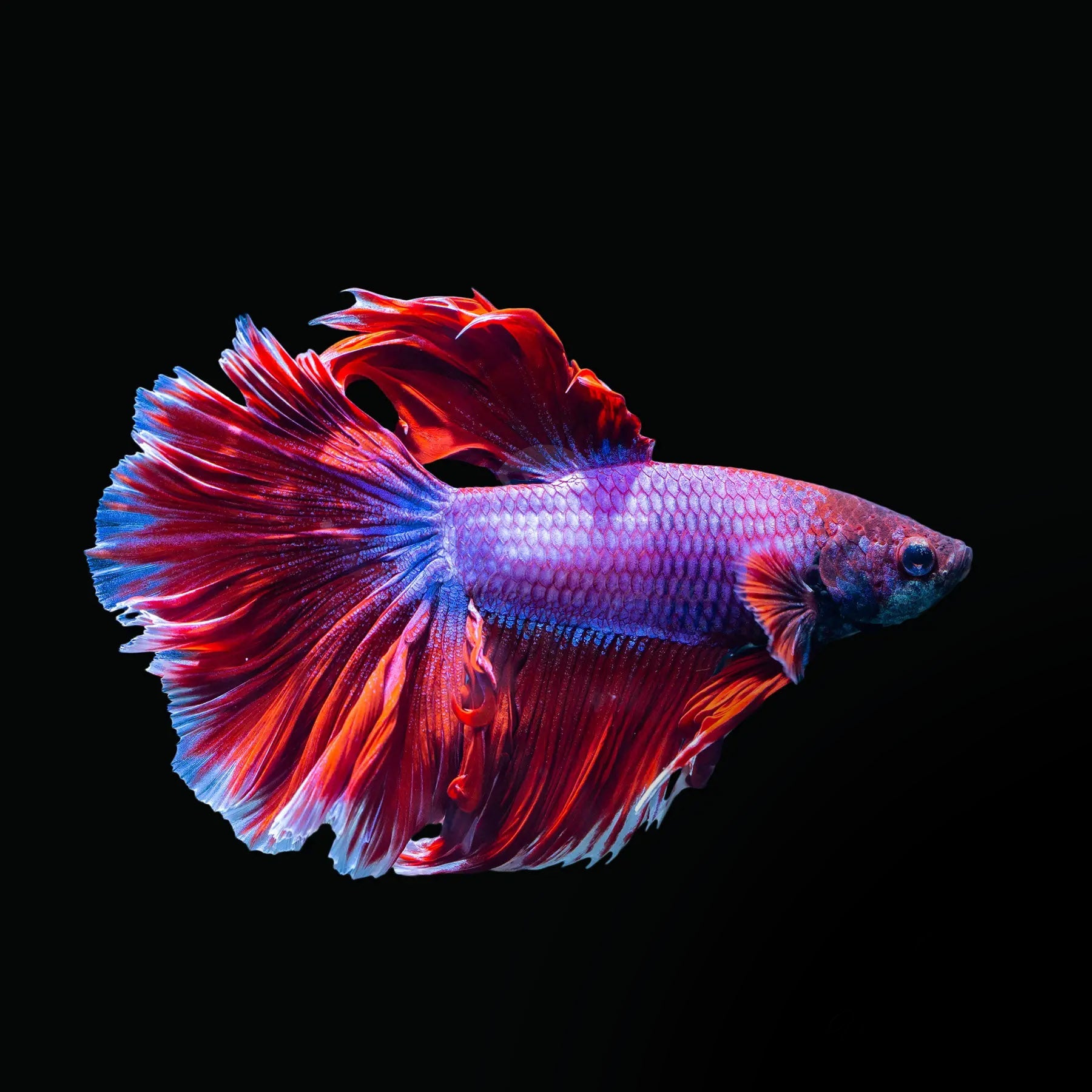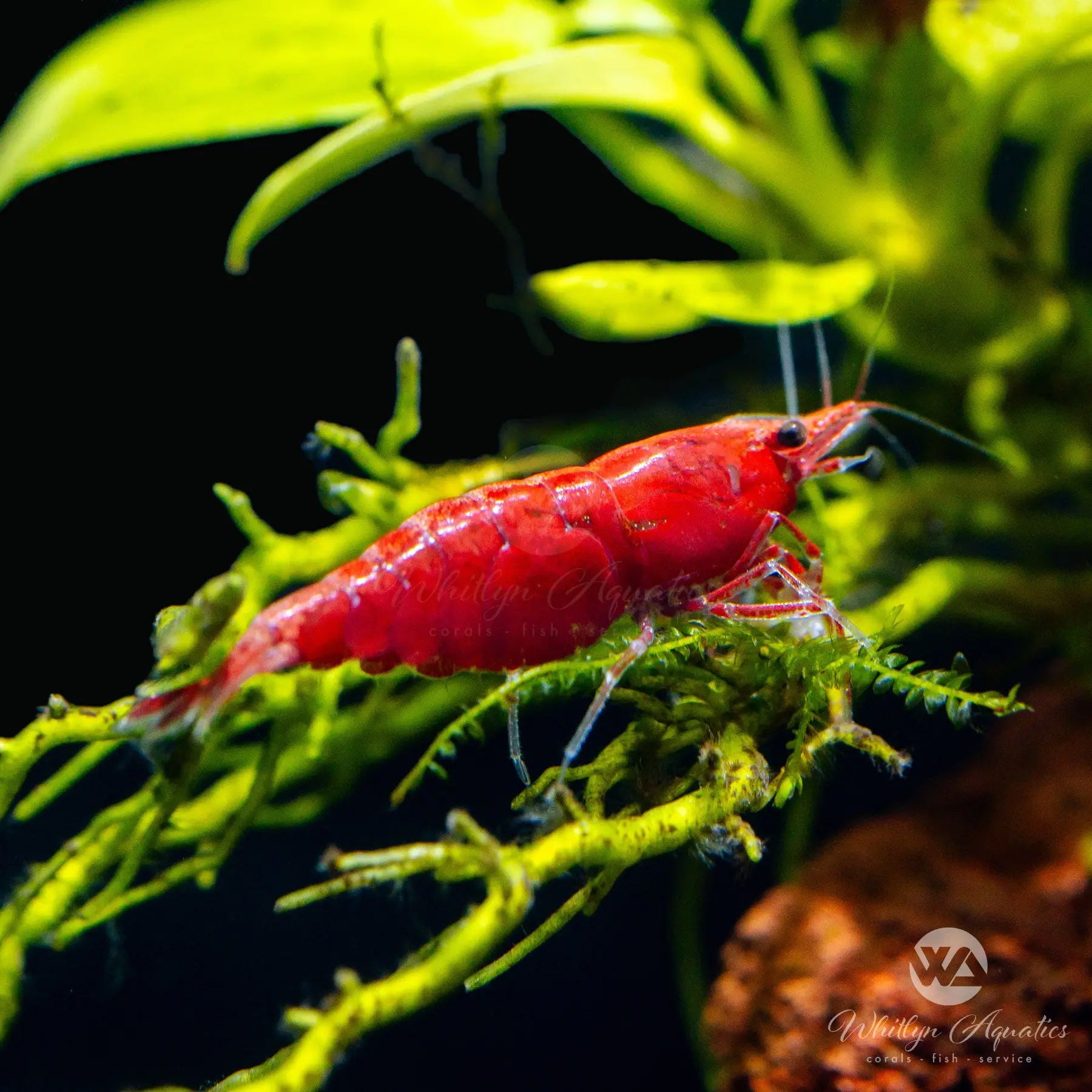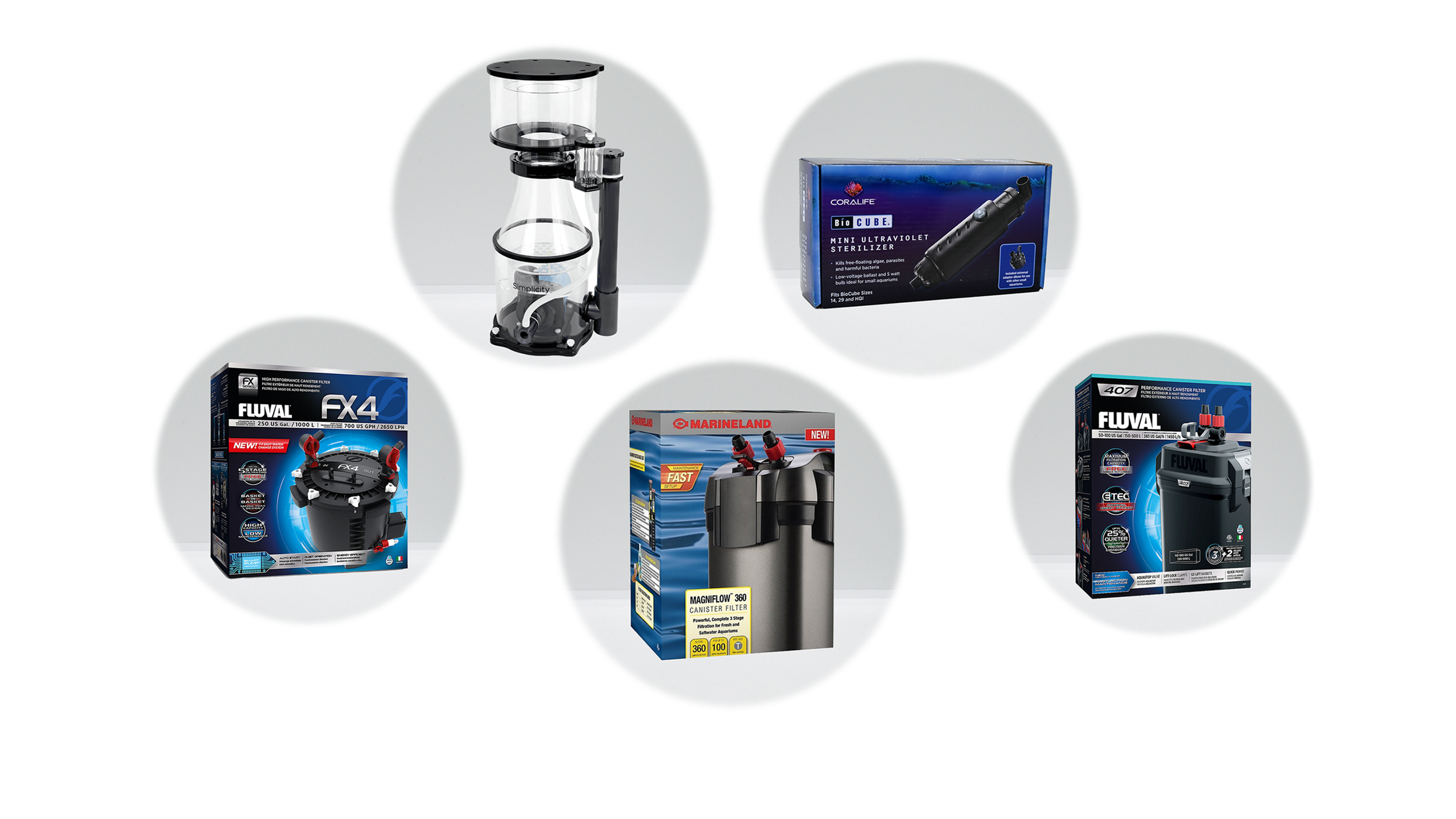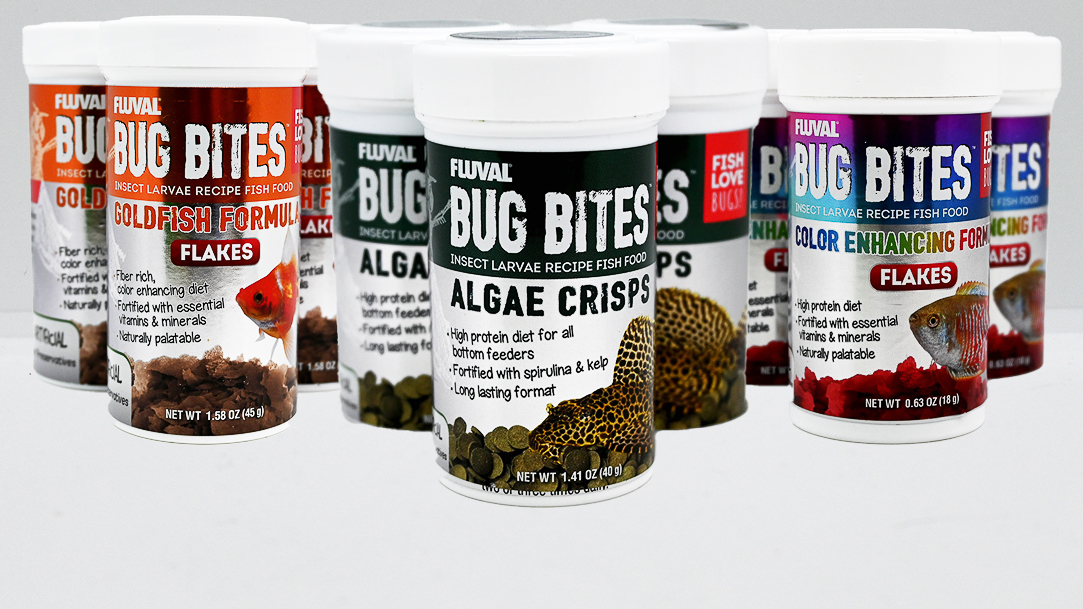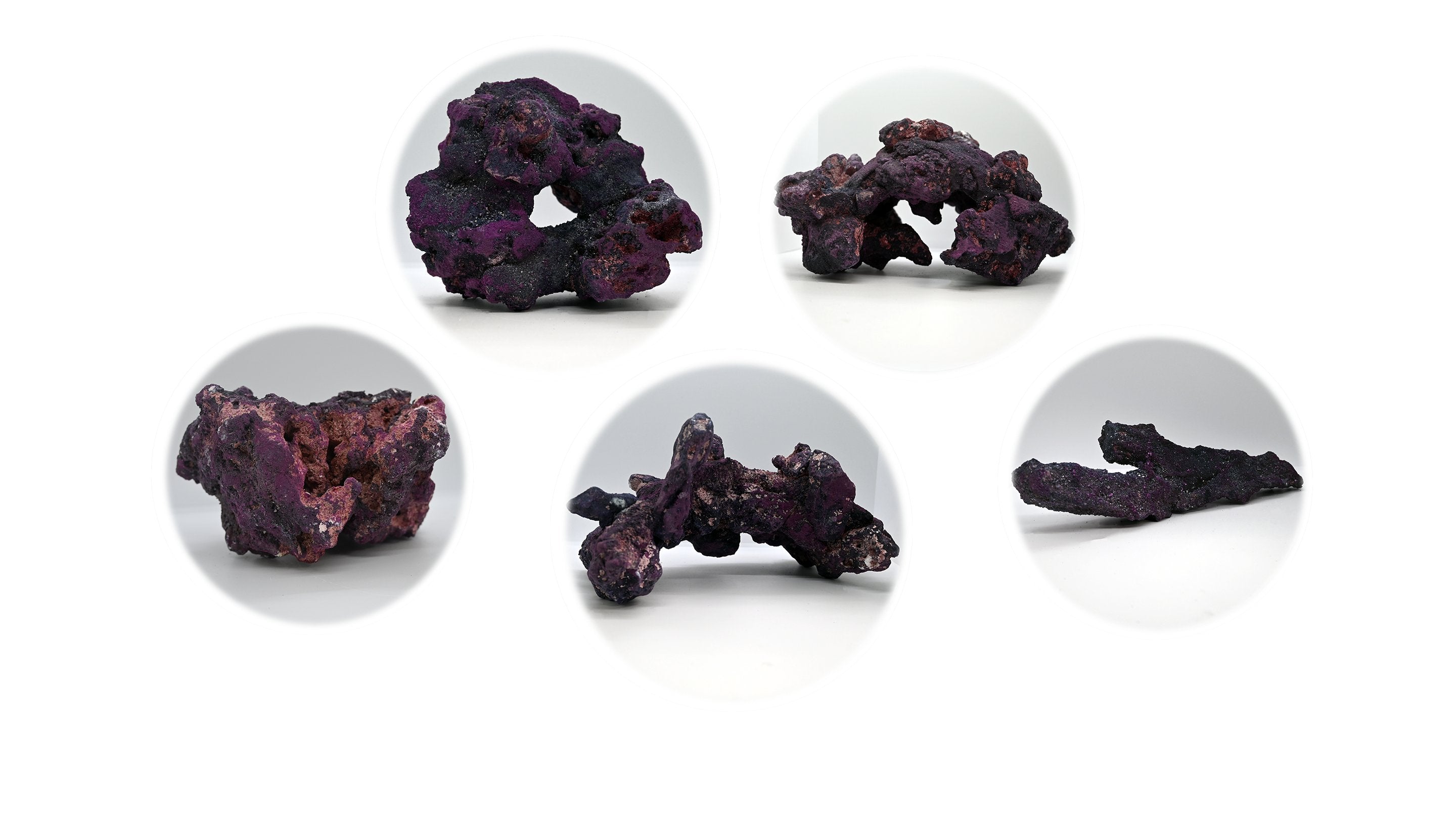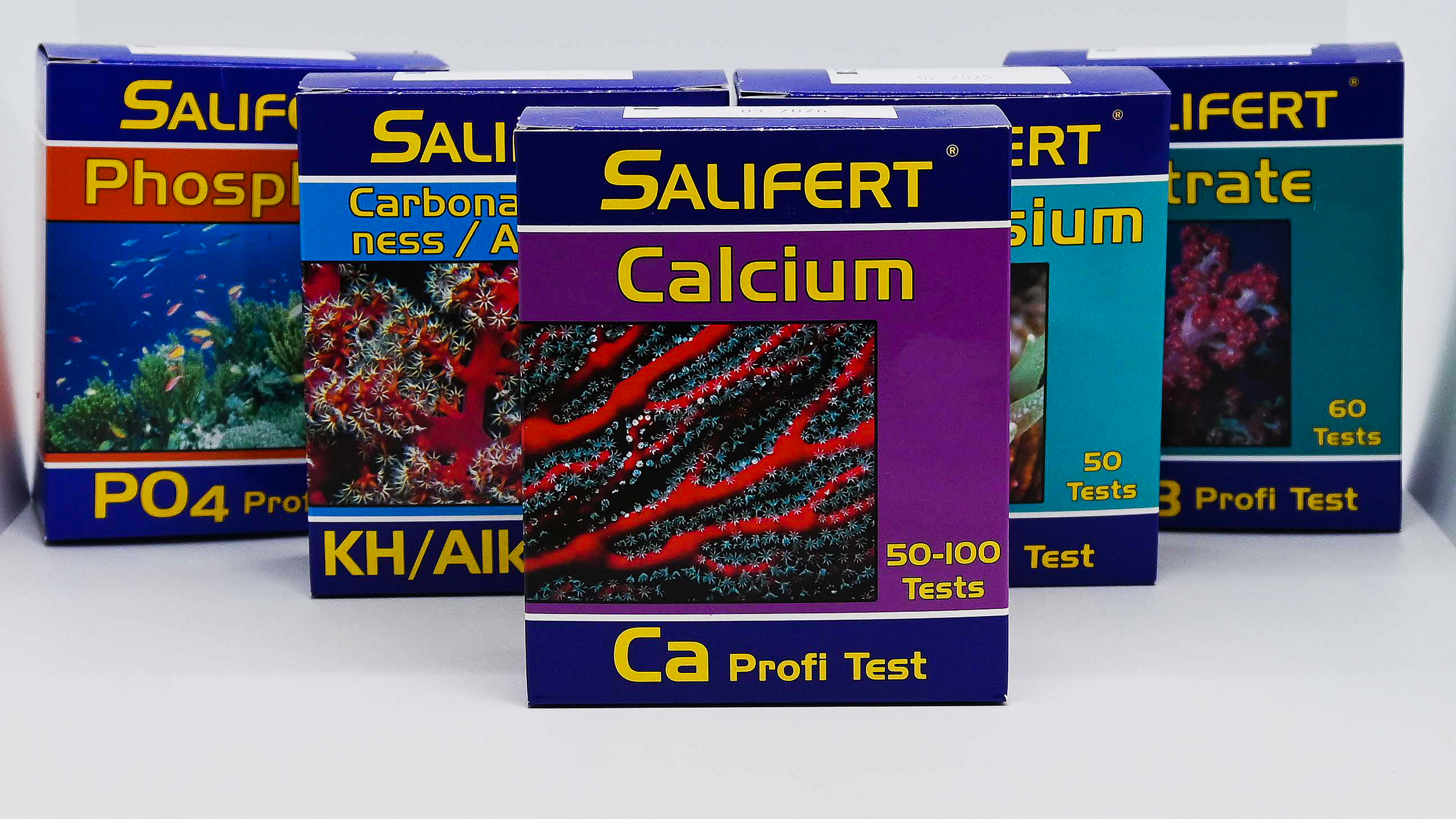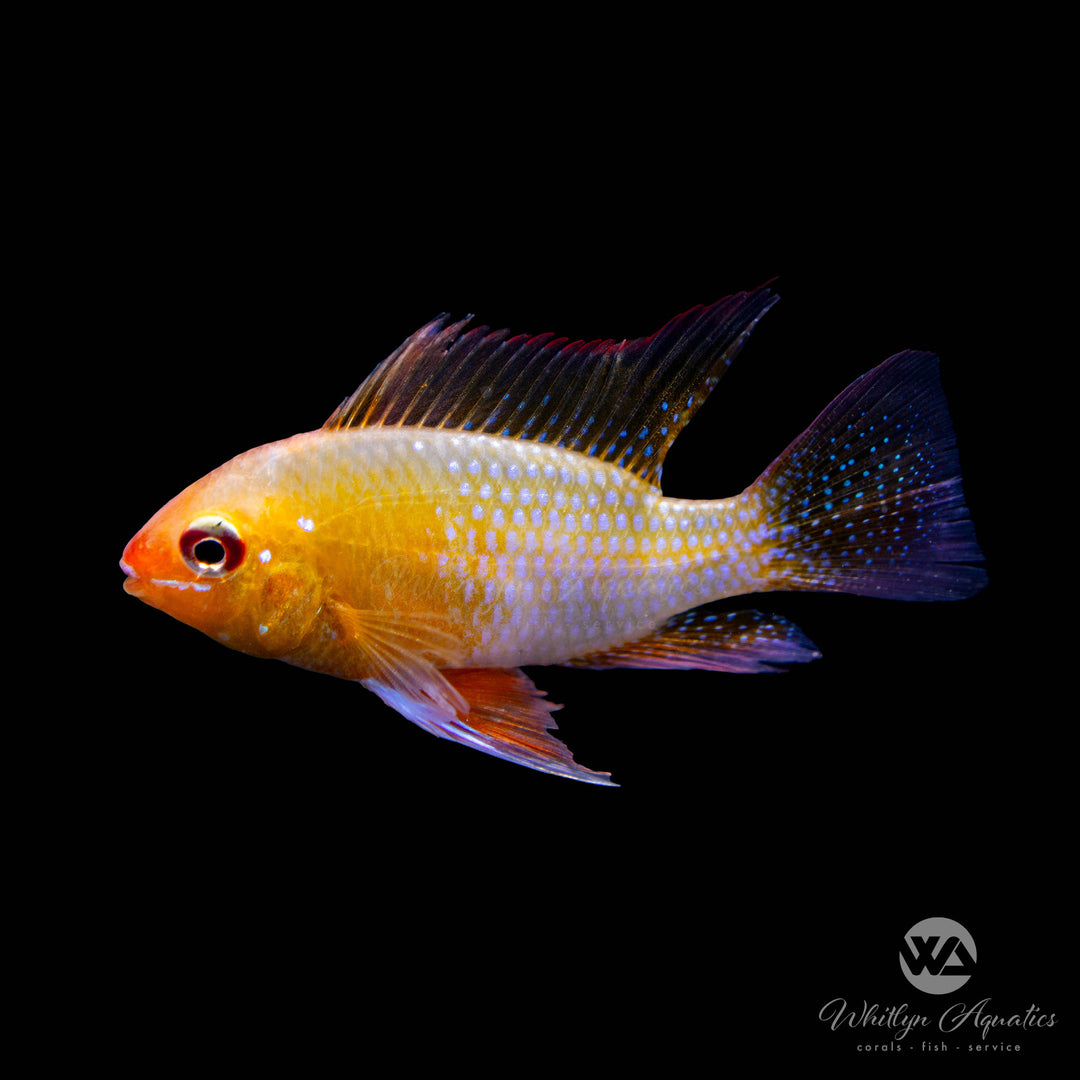
German Gold Ram - Mikrogeophagus ramirezi
Regular price
$19.99
Sale price$13.99
Save $6.00
/
- Low stock - 3 items left
- Backordered, shipping soon
The German Gold Ram is a vibrant dwarf cichlid known for its brilliant golden body accented with subtle blue iridescence and red highlights on the fins and eyes. Popular for community aquariums, this peaceful species adds both color and elegance to freshwater setups.





